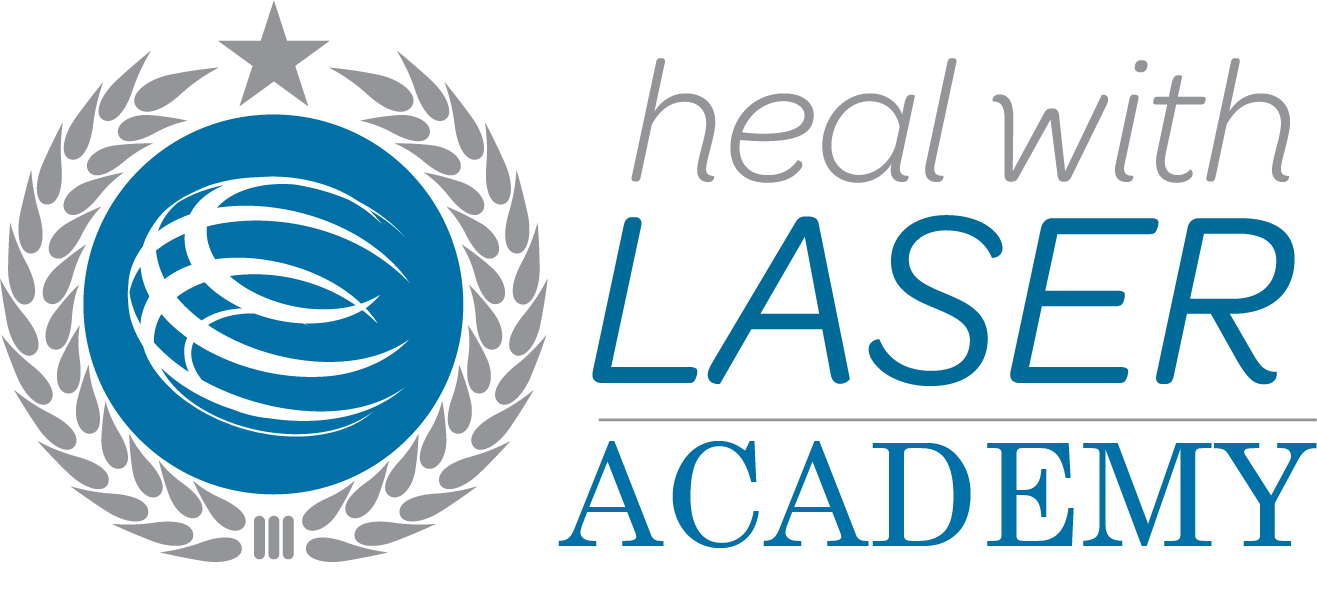LLLT and Postexercise Recovery
Effects of Low-Level Laser Therapy (LLLT) in the Development of Exercise Induced Skeletal Muscle Fatigue and Changes in Biochemical Markers Related to Postexercise Recovery
Ernesto Cesar Pinto Leal Junior, PT, PhD, Rodrigo Álvaro Brandão Lopes-Martins, PhD, Lucio Frigo, PhD Thiago De Marchi, PT, Rafael Paolo Rossi, PT, Vanessa de Godoi, PT, Shaiane Silva Tomazoni, PT, Daniela Perin Silva Maira Basso, PT, Pedro Lotti Filho, Francisco de Valls Corsetti, Vegard V. Iversen, PhD, Jan Magnus Bjordal, P
Journal of orthopaedic & sports physical therapy , Volume 40, Number 8, August 2010
STUDY DESIGN: Randomized crossover double-blinded placebo-controlled trial. t OBJECTIVE: To investigate if low-level laser therapy (LLLT) can affect biceps muscle performance, fatigue development, and biochemical markers of postexercise recovery. t BACKGROUND: Cell and animal studies have suggested that LLLT can reduce oxidative stress and inflammatory responses in muscle tissue. But it remains uncertain whether these findings can translate into humans in sport and exercise situations.
METHODS: Nine healthy male volleyball players participated in the study. They received either active LLLT (cluster probe with 5 laser diodes; λ = 810 nm; 200 mW power output; 30 seconds of irradiation, applied in 2 locations over the biceps of the nondominant arm; 60 J of total energy) or placebo LLLT using an identical cluster probe. The intervention or placebo were applied 3 minutes before the performance of exercise. All subjects performed voluntary elbow flexion repetitions with a workload of 75% of their maximal voluntary contraction force until exhaustion.
RESULTS: Active LLLT increased the number of repetitions by 14.5% (mean SD, 39.6 4.3 versus 34.6 5.6; P = .037) and the elapsed time before exhaustion by 8.0% (P = .034), when compared to the placebo treatment. The biochemical markers also indicated that recovery may be positively affected by LLLT, as indicated by postexercise blood lactate levels (P.01), creatine kinase activity (P = .017), and C-reactive protein levels (P = .047), showing a faster recovery with LLLT application prior to the exercise.
CONCLUSION: We conclude that pre-exercise irradiation of the biceps with an LLLT dose of 6 J per application location, applied in 2 locations, increased endurance for repeated elbow flexion against resistance and decreased postexercise levels of blood lactate, creatine kinase, and Creactive protein.


